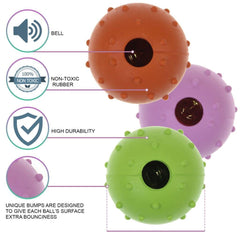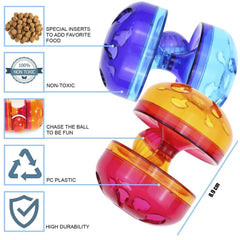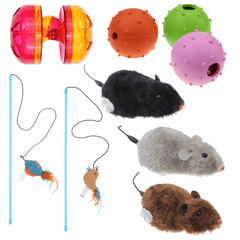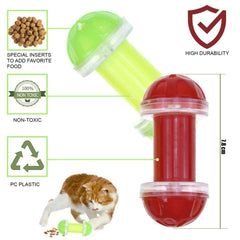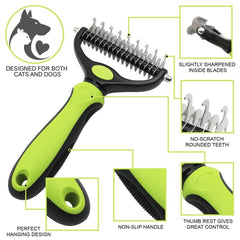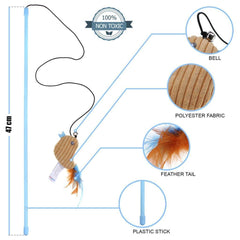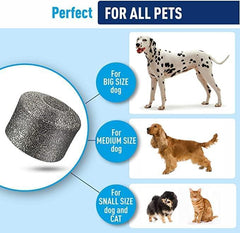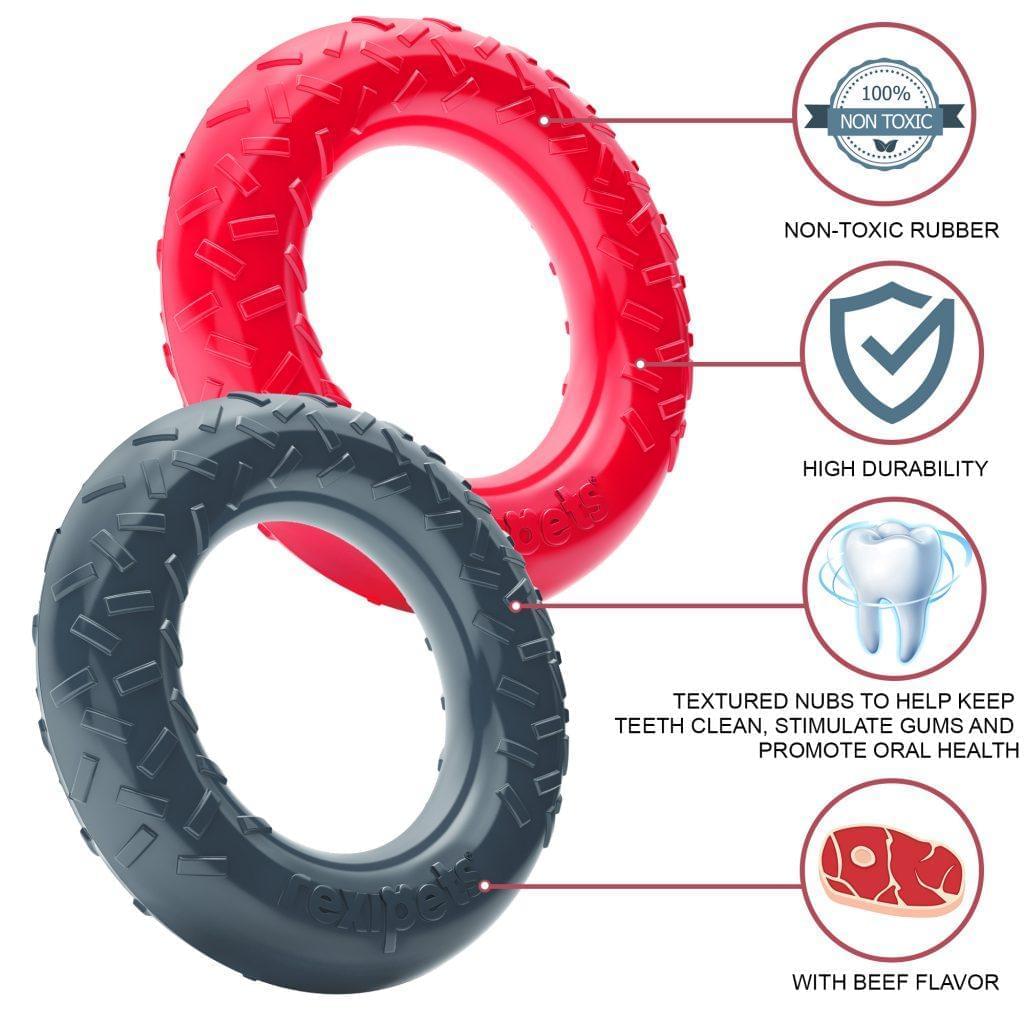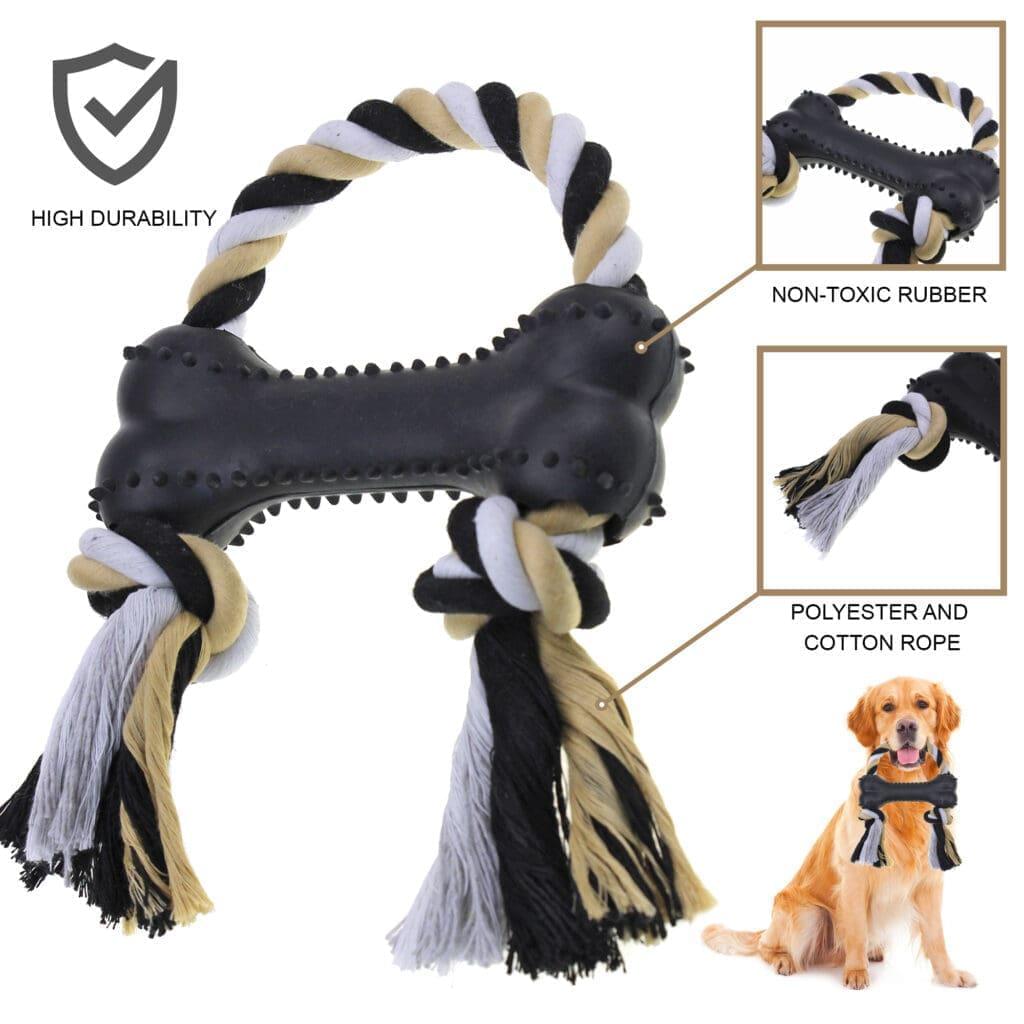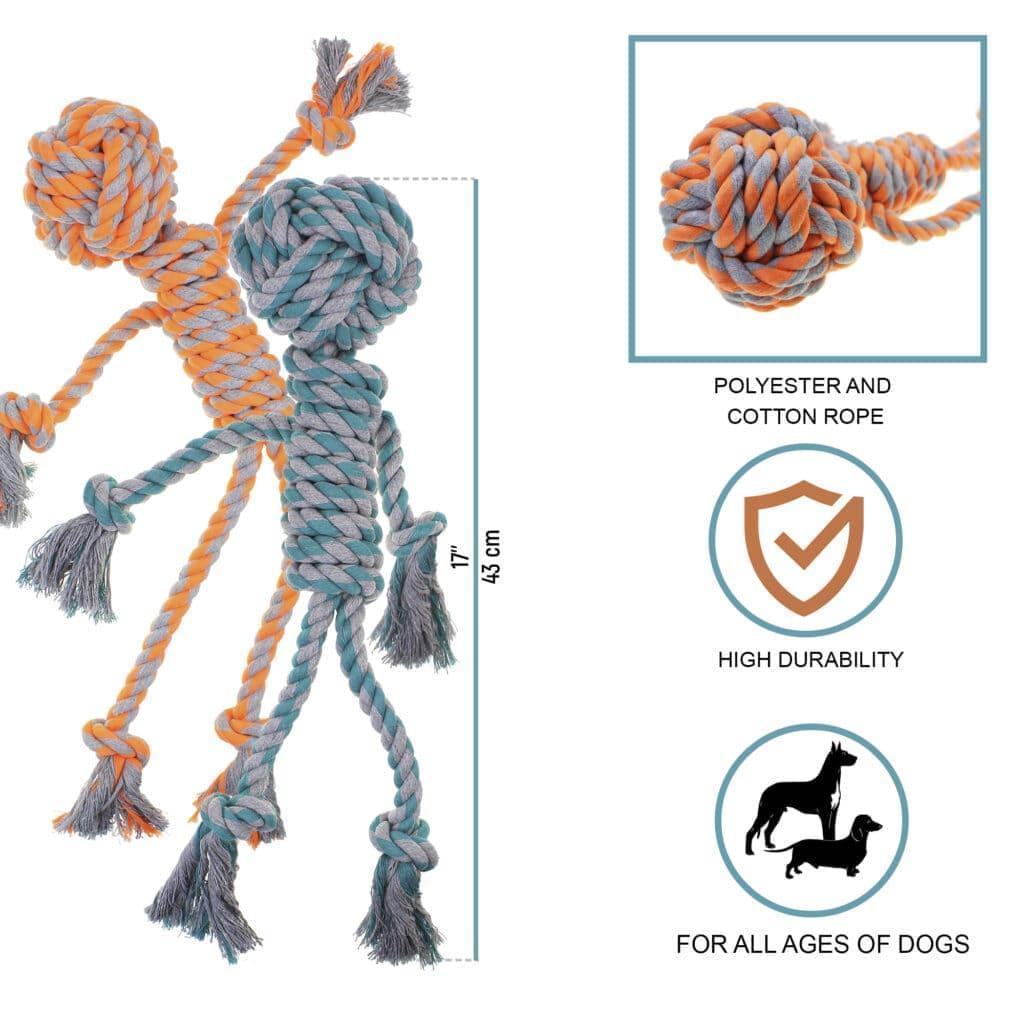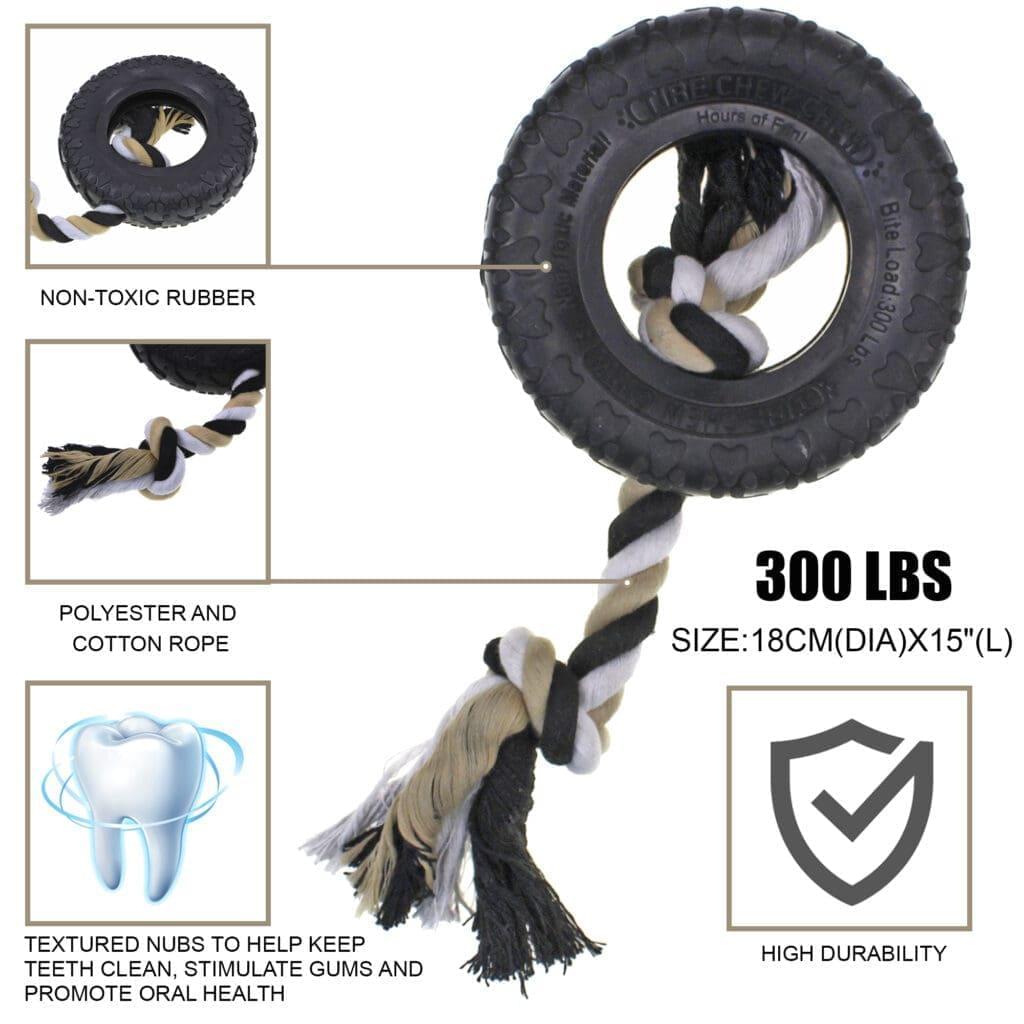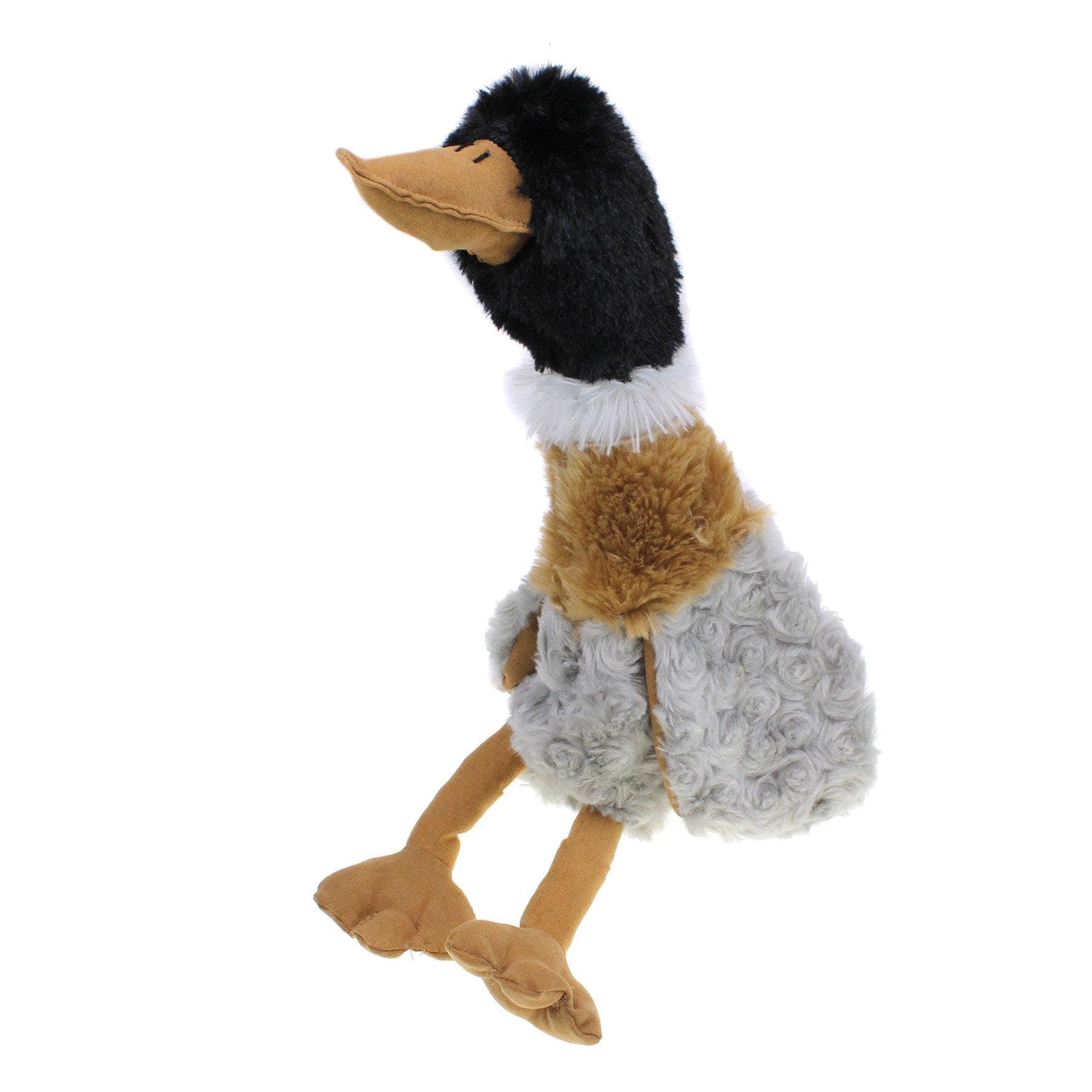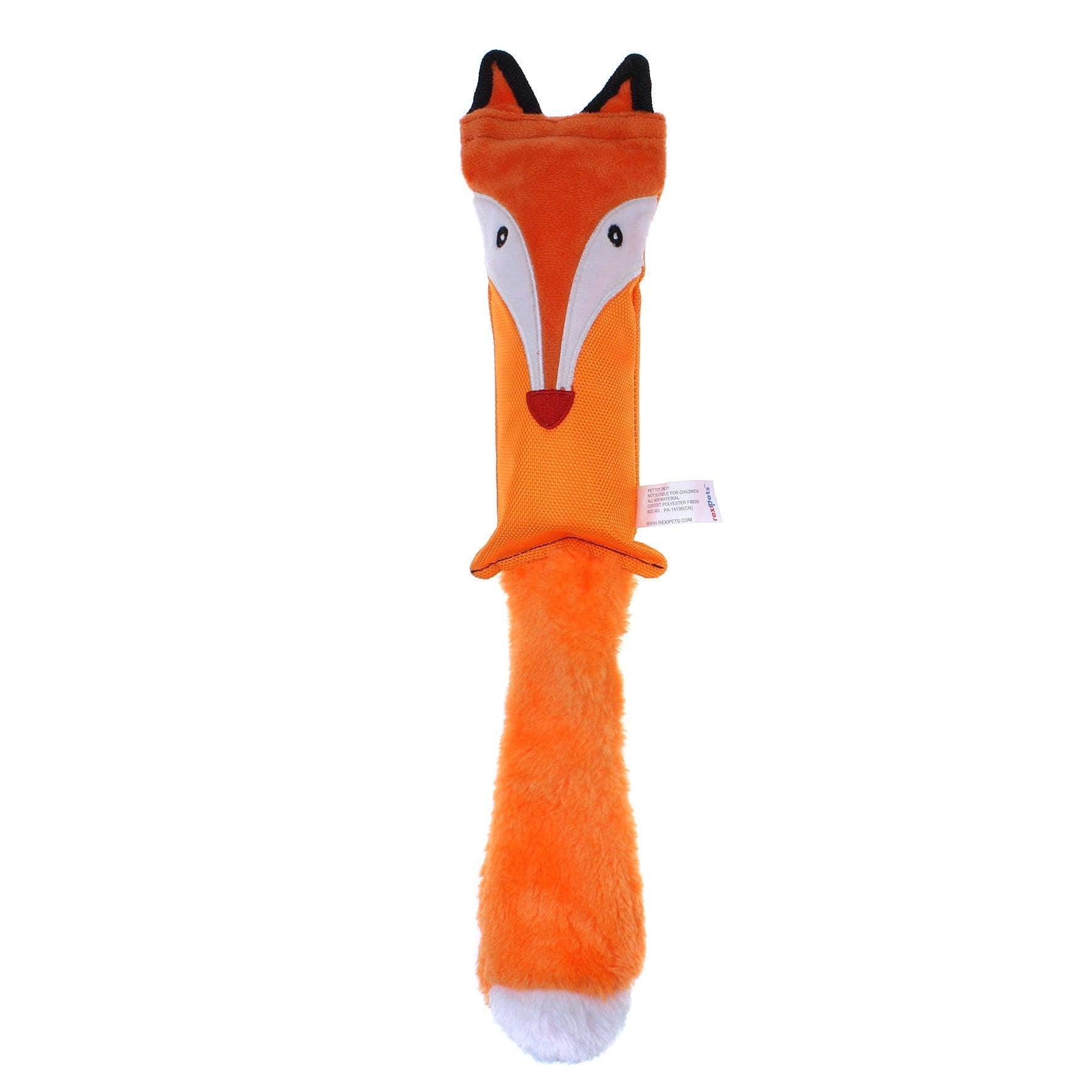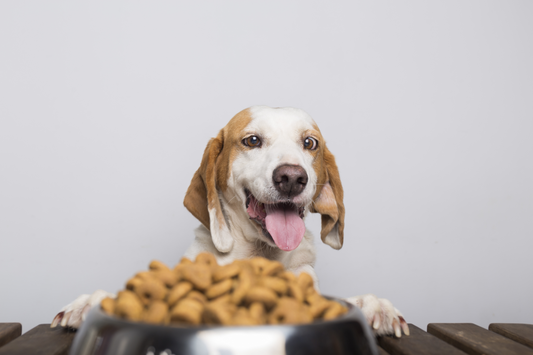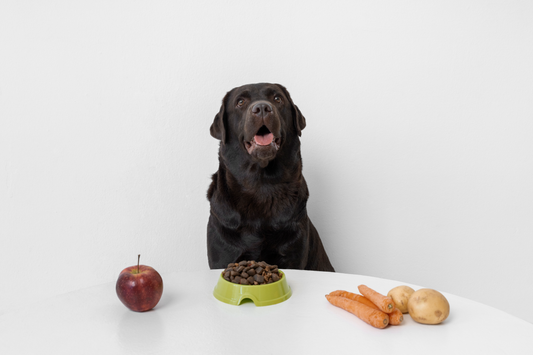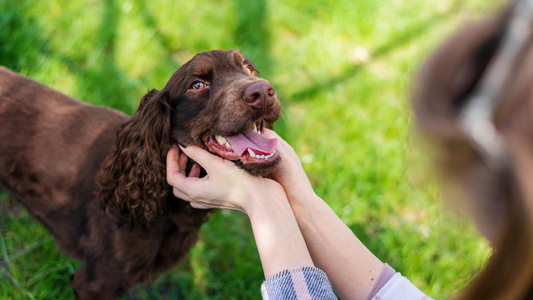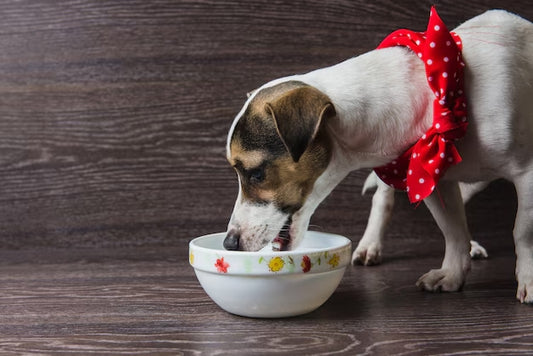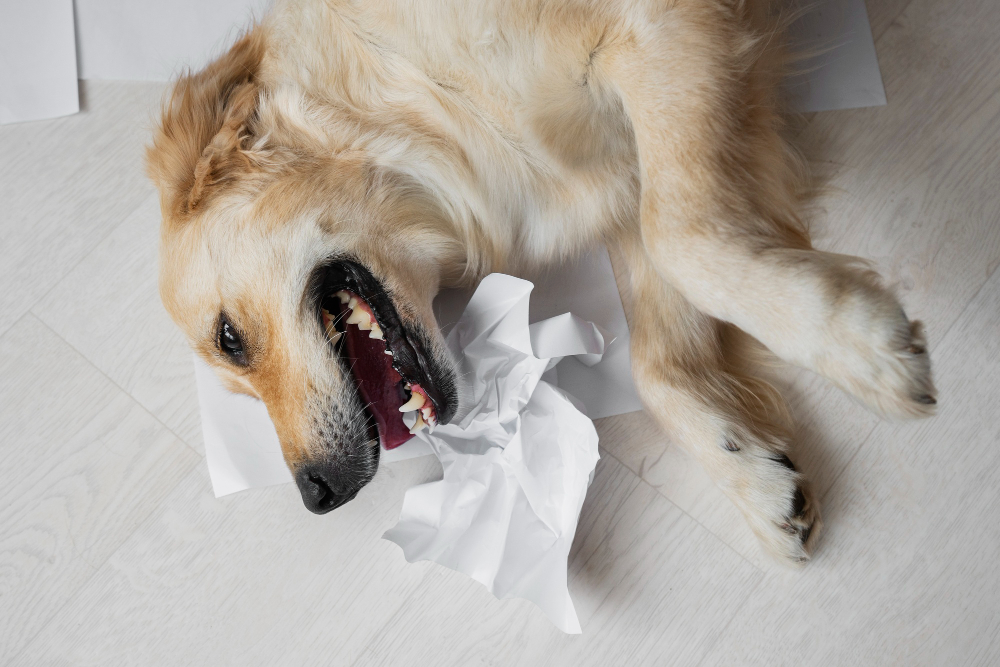
As a concerned dog owner, the 4th of July brings you plenty of anxiety solely because of how the fireworks season makes your anxious dog just lose it.
That's not just it. Do you rush to the door on the first doorbell because you cannot afford to have the sound of repeated doorbells making your dog go all over the place? Well, worry no more because today, we have compiled a step-by-step guide to desensitizing your dog to loud noises.
In this post today, we'll talk about what exactly is the reality behind dogs being scared of loud noises, the tools for sound desensitization, and approximately how long it take for you to desensitize your fearful dog.
So, sit back, avoid loud noises, grab your favorite hot beverage, and let us take you through the step-by-step guide to desensitizing your dog to loud noises.
Tools for Sound Desensitization
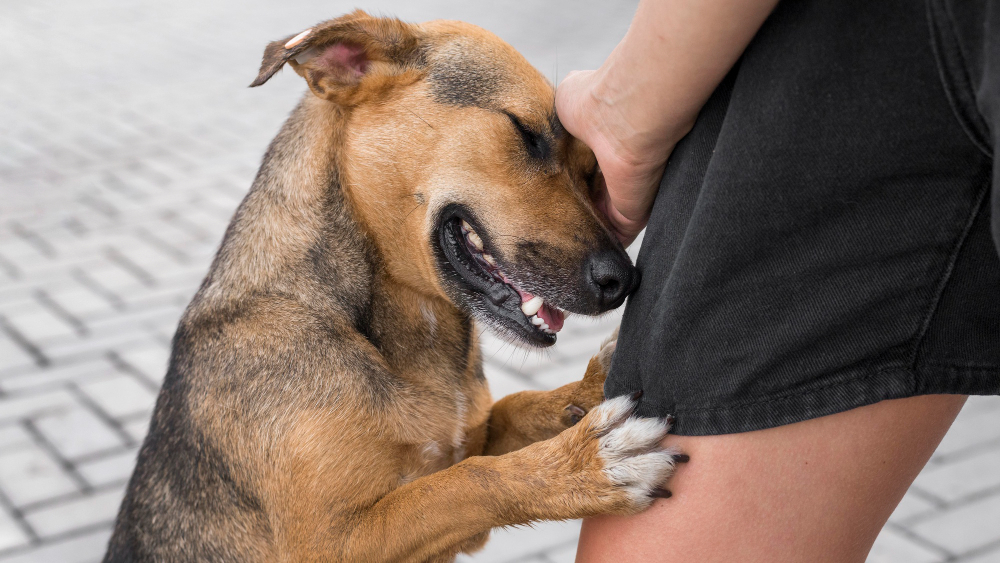
Okay, so, to train your dog at home, practice getting them used to loud sounds three times a week before the fireworks season or any other event that may include loud noises. If your dog is super anxious, plan this training six to eight weeks ahead of time.
It's helpful to involve a trainer and vet to tailor the treatment to your dog and surroundings.
Here's what you need for sound training:
-
Laptop or phone
-
Bluetooth speakers
-
Yummy treats (start with the really good ones)
-
Playlist or app with sounds
Step-by-Step Guide to Desensitize a Dog to Loud Noises
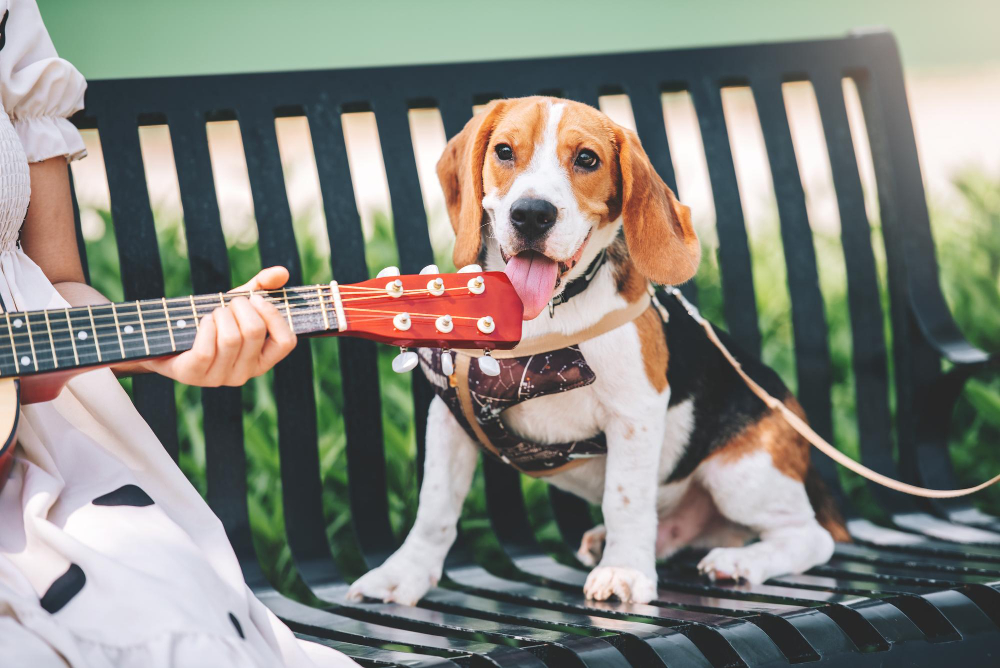
Once you have everything you need to desensitize your dog to loud noises, it is time to start the training. This training would help with various noises like fireworks, airplanes, trucks, and dog barks. The key is to start with softer sounds and then gradually increase them to be louder and more intense.
It is recommended to keep each session short, under 10 to 15 minutes. You can also split these into smaller training sessions, like 3 to 5 minutes, throughout the day. The aim is to make your dog comfortable with the sounds, no matter when they happen.
It is key to mix things up to avoid a predicted routine, as it may be hard to catch your dog off guard. Lack of predictability is key in this case. So, any time of day is good for training. The more we practice, the better the chance our dog has to handle loud sounds without stress.
So, let's see the breakdown of this training guide so that you can get your anxious dog the help they need:
-
Step 1: Assess sound sensitivity
Start training your dog in a comfy room they like and are familiar with. Then grab some treats to get their attention and then sit in front of them, hide treats behind your back, and play sounds from your computer or phone.
Treat your dog and raise the volume if they're cool with it. Keep the audio short, like 5 to 10 seconds.
Pause for 2-3 seconds before restarting, adjusting the volume gradually if your dog is okay. Lower the volume to give your dog an easy win. If your dog seems stressed, lower it further and reward it with play or treats. Repeat this for 2-5 minutes.
Stop immediately if your dog looks scared, but always end on a positive note. Finish each session with an easy sound and a treat for your pup so that they can create a positive association with this training.
-
Step 2: Take it up a note
Once you feel like your dog has mastered the beginner level, it is time to take it up a level. Go ahead and use a Bluetooth speaker placed out of your dog's sight.
Play sounds at a very low volume first. Say positive words like yes or yay, and don't forget to hand out a treat to create a positive association. Repeat this for 2-5 minutes. Gradually increase the volume, and make sure you try this in different areas to avoid predictability.
-
Step 3: Step it uUp
Once you feel like your dog is okay with unpredictable sounds coming from unusual spaces, it's time to move to practice with sounds coming from the "danger" zones in the house. These spaces include any space your dog is scared of or doesn't expect to hear noises from, such as behind doors, near windows, or in the attic.
Set up the speaker in these areas. Play soft sounds and treat your dog. Wait 2-3 seconds before restarting. Don't forget to treat.
Do this for 2-5 minutes, and if your dog seems anxious, go back to intermediate levels of training near these spaces.
-
Step 4: Maintain training
Keep your dog on their toes by throwing in surprise sessions two to three times a week. This helps them learn that unexpected sounds are okay.
Here's the tip, though. Don't let your dog see you getting ready with treats or the speaker. Pick times when you don't usually train them, like after a walk, during play, while they're resting, or eating.
When you play the loud, scary sounds again, make it into a positive experience. Get excited, throw in treats, use a happy voice, or grab their favorite toy. The goal is to amp up the energy for a moment. This shifts your dog's reaction from "DANGER! DANGER! DANGER!" to "Oh, the loud sound means food and fun!"
How Long Does it Take for Sound Desensitization to Work?
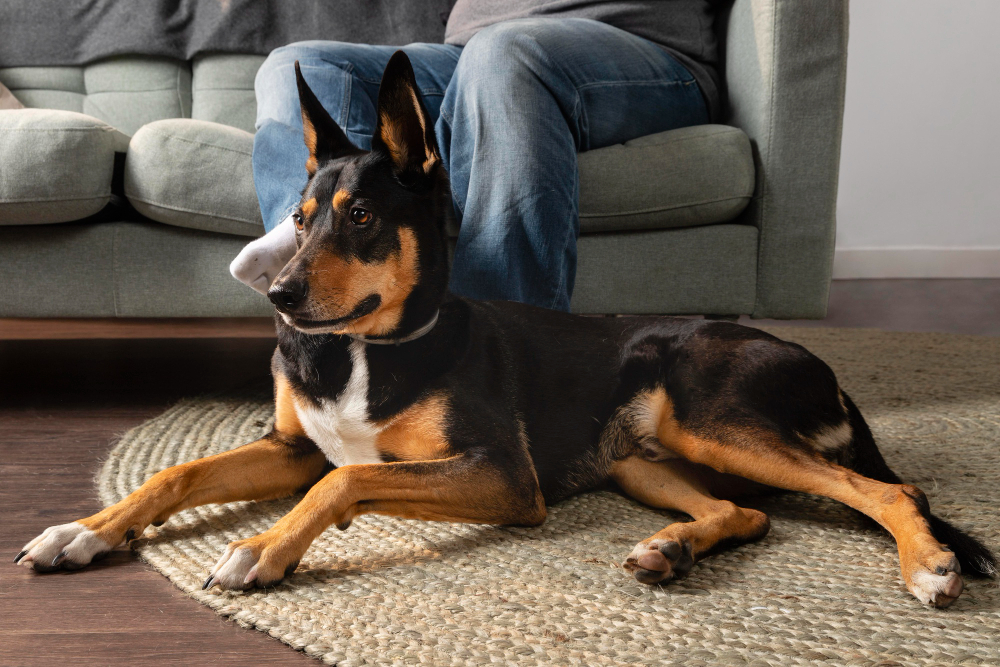
How fast your dog gets used to sounds depends on a few things. If your dog had scary experiences with a loud sound before, it might take longer. Younger dogs usually catch on quicker than older ones. Also, if your dog is naturally curious in nature instead of scared and anxious, it helps desensitize them.
Normally, it can take from three to eight weeks for your dog to feel calm around loud sounds. So, hang in there and keep up the training devotedly. It will help your dog in the long run!
Why Dogs are Scared of Noises?
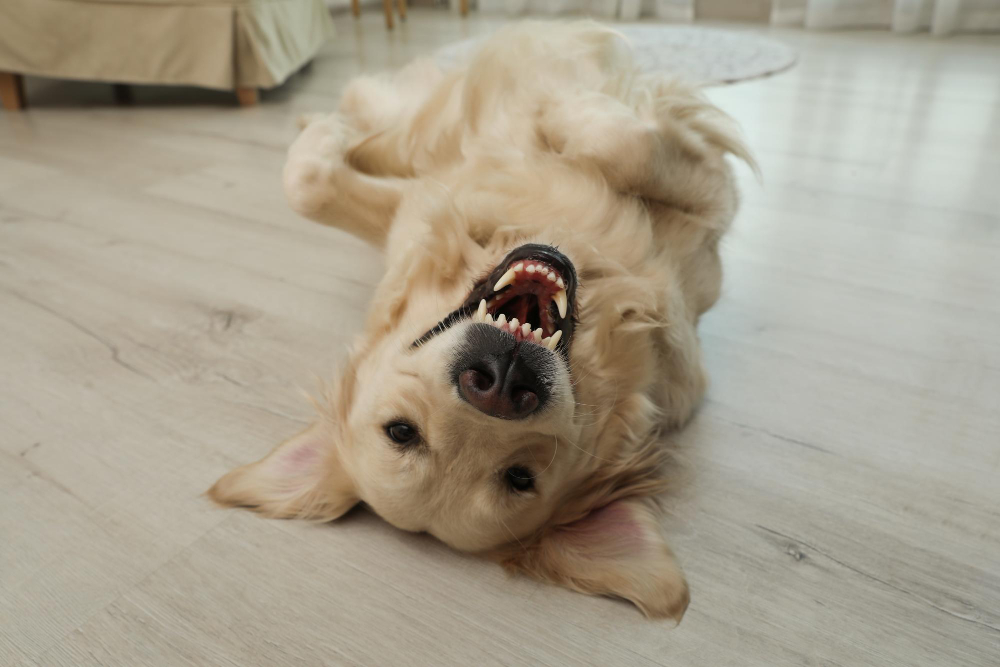
So there are always reasons why dogs constantly whine for attention, and one of them can be being scared of loud noised.
Not all dogs can handle loud noises like fireworks, doorbells, or gunshots. Some dogs get scared because they feel threatened, or they react because they weren't exposed to such sounds early on.
Dogs barking on listening to loud sounds can also be because they had a traumatic experience they are reminded of, or simply adapted this behavior from other dogs, or, generally, their breed is naturally anxious about loud stuff. All this causes noise anxiety in dogs.
If your pup suddenly becomes scared of loud noises during their adolescence (around 6 to 14 months), it's normal, too. It is vital that, at this time, you are empathetic with them, go easy on training, and take it slow. Forcing them might make things worse.
It's crucial to understand your dog's body language, from subtle signs of fear responses to stress to how their ears are positioned. This way, you can navigate through different techniques and help them in a better way.
To help your dog deal with fear, you can use a combination of training, routine, and reassurance. All of this may not necessarily eliminate the fear, but it can make life less scary for your furry friend.
What to do for Dogs with Severe Noise Phobia?
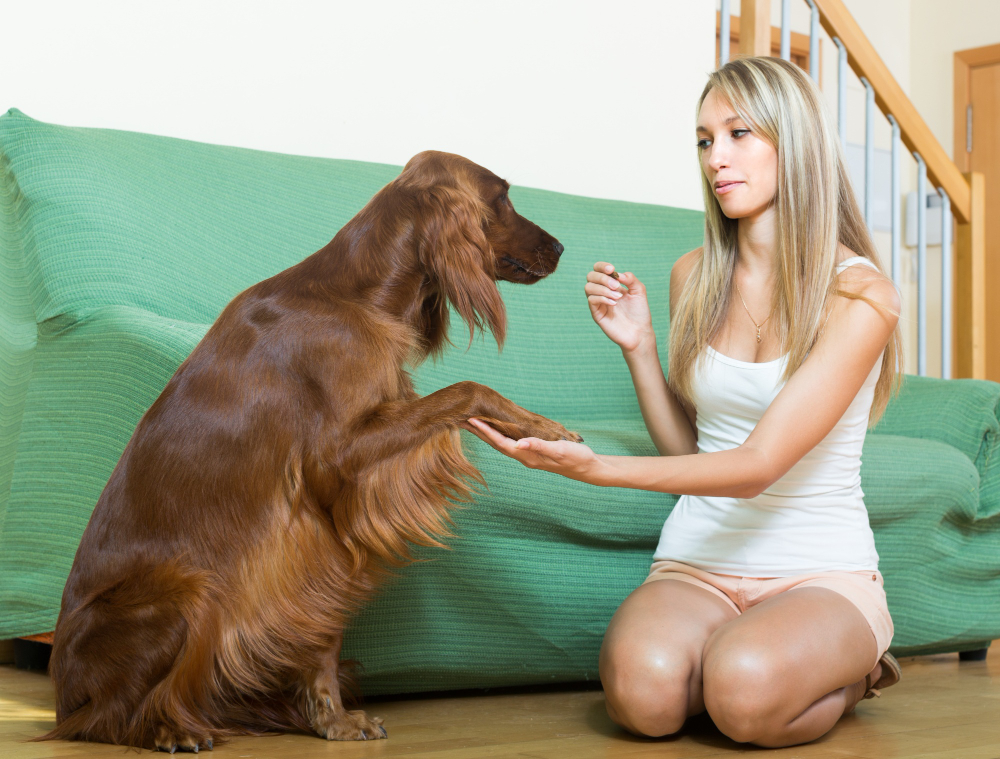
If your dog is really scared of loud noises like fireworks or thunderstorms to the extent that it seems like a phobia, it might be because of bad experiences or just getting older.
In these cases, before you start the training to get them used to the sounds, you should do some things to help them right away.
-
Make a Safe Spot
When your dog gets scared of loud stuff like fireworks or thunder, they want a safe haven to hide in. Give them a safe spot, like a cozy kennel, a quiet corner, or even under the bed. You can also make it comfy with dim lights.
Whenever your dog feels anxious, guide them to that spot calmly. Stay with them and do things that may comfort them, like hum or swaddle them.
-
Stop Noise
During the festivals where there are lots of fireworks, it is especially tough for dogs with noise fears. Make your doors and windows soundproof to lessen the noise. If your dog fears thunderstorms, use curtains since lightning sights and smells can stress them out.
-
Try Calming Stuff
Experiment with things to calm your nervous dog. Some, like anti-anxiety wraps, are available in the market. There are also natural sprays and calming tracks made for dogs. Give these a shot. You can even check out alternative things like homeopathy and herbal remedies.
Final Words!
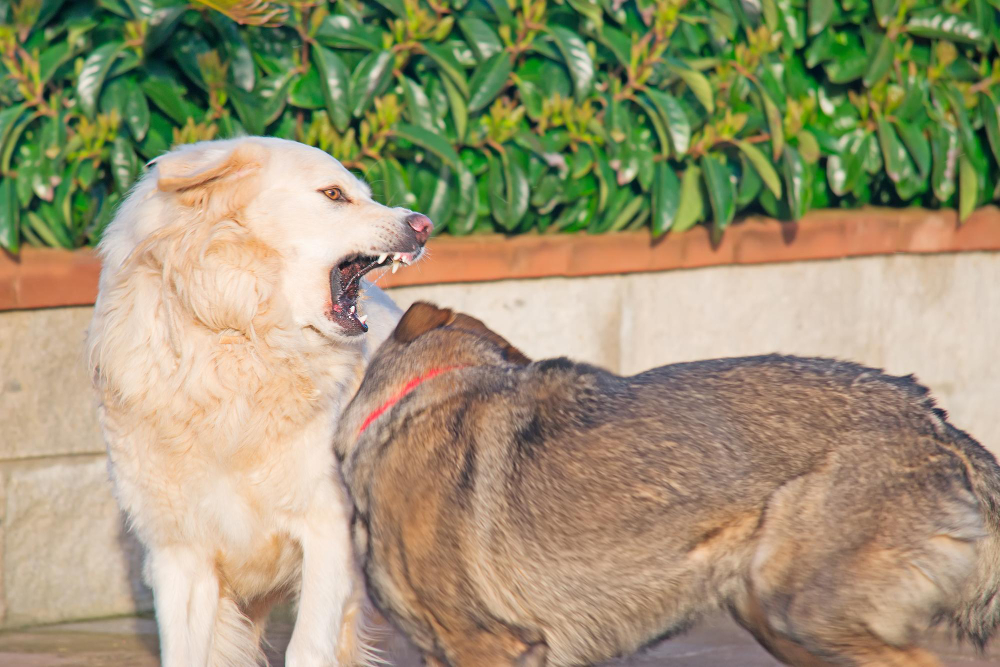
We have answered all your queries relating to how to desensitize a dog to loud noises.
To wrap things up, helping your dog get used to loud noises requires a lot of patience and caring. Whether it's fireworks, thunder, loud vehicles, or other loud sounds causing anxiety, creating a safe space, minimizing exposure to noise, and trying calming aids are key steps.
Moreover, desensitizing your dog involves gradual exposure to loud noise and positive reinforcement, transforming their fear into comfort.
Keep in mind that each dog is unique, and the time it takes for them to adjust can vary according to their age, personality, and past experiences. By understanding your dog's personality and needs while using these desensitization techniques, you can contribute to a happier and calmer experience for your furry friend during noisy seasons. And in no time you'll be able to get rid of their fearful behaviors.
FAQ
Are there alternatives to commercial calming aids?
Definitely, you can try DIY anti-anxiety wraps, natural sprays, or even calming tracks made for dogs. You can also explore alternative therapies like homeopathy and herbal remedies, but it is important to have your vet on board before you start any treatment.
What if my dog has a bad history with a particular sound?
If your dog has had a tough time with a specific sound before, be patient and empathetic with them. The process might take a bit longer, and it's crucial to go at a slow pace to not trigger them and set off their trauma.
Can I use desensitization for other fears my dog has?
Yes! The principles of desensitization can work for various fears. Gradual exposure, positive reinforcement, and creating positive associations can help your dog overcome different fears. All dog owners need is a bit of patience and a can-fix-it attitude.
What if my dog's fear of loud noises doesn't improve with desensitization?
If you've been consistent with desensitization and still see no improvement, consulting with a professional dog trainer or veterinarian for your noise-sensitive dogs can help, as they can provide a tailor-made solution for when your dog reacts.
